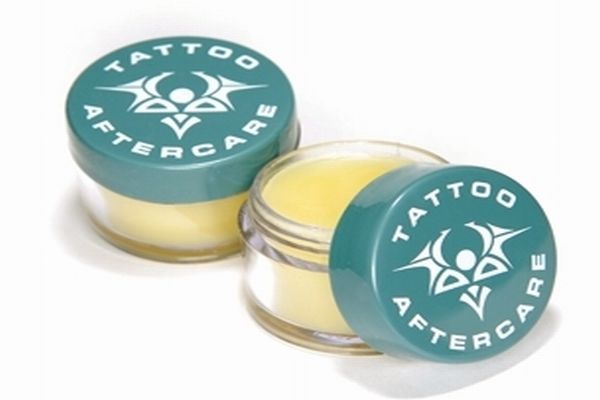Introduction:
Henna is a flowering plant whose leaves work well as a cosmetic. They have been used since long to dye skin, hair and even leather and wool. You can use henna in a paste to get some of the most beautiful and appealing tattoos on your skin. It is usually not harmful to your skin, except in some specific cases. Henna contains a tannin dye molecule, Lawsone (or hennotannic acid), which is very small. It can easily penetrate the skin cell without spreading out (unlike ink).
However, henna paste tattoo is not everlasting. The staining is temporary and gradually begins to reduce in color and intensity with time. Henna is an apt tattoo ingredient if you want to adorn a temporary tattoo. It gives you the liberty of changing the location and style of tattooing. The fresh henna leaves are the best. However, the herb is available in powdered or paste form at grocery and departmental stores.
Difficulty Level: Moderate
Time require: Few hours (depending on henna type)
Resources Required:
- Fresh henna leaves
- Lemon or Low pH liquid
- Oil containing terpinols
- Sugar syrup (or any other sweet and sticky substance)
- Non-metallic bowl and spoon for preparing the paste
- Plastic wrap
Instructions:
1). Get the best ingredient: Use the freshest possible ingredient for your tattoo. Get the fresh henna powder. Brownish-green dark henna is supposed to work well for your tattoo. Bright green henna powder may contain dye. Sifting may be required depending on the type of henna you are working with. You can use the required quantity, storing the remaining for use later. The freezer can be used to store henna powder comfortably for about a year.
2). Prepare the paste: Get your tattoo design. This will provide the approximate quantity of henna you will need for your tattoo. The small designs can be made using a teaspoon of henna powder. A curly shoulder tattoo would require about 200 g of powder. In case there is any leftover paste, it can be stored in the freezer for few months. Mix the requisite quantity with the lemon or low pH liquid while stirring. Put the liquid in small amounts to avoid thinning the paste. It should be neither too thin nor too thick. The consistency should lie somewhere between your toothpaste and pudding. You can stop when the paste holds on the spoon and hardly drips. For body art, the paste should not drip but hold together. Ensure there are no lumps.
3). Work on your paste: After the desired consistency is achieved, add sugar syrup slowly. It gives a good texture. Test the pate by making long lines. If you do not get any breaks, it is done. If your paste is meant for hair, do not do this step.
Now, put the essential oils. You may use lavender if you want this paste to be put on a sensitive skin. Otherwise, any oil which is safe on skin and contains terpinols will work. The paste should be smooth and thick.
4). Let the mix rest: When the paste is done, use a plastic wrap or lid to cover the bowl. Keep the bowl undisturbed in a warm area for about 4-24 hours. Henna needs time to release the dye. Heat can expedite the process. You can check for the brown crust formation (showing peak). The paste can be used immediately or stored. Freeze it if you want to use it later. In case the paste becomes dark brown wholly, it will not stain well.
Frequently asked questions
How is henna tattooing different from the usual tattoo?
The usual tattoo goes deep inside your skin cells. The tattoo pigment goes into the living tissue, hurting you during the process of tattoo making. Unlike this, the henna stains only the dead cells, and those cells exfoliate. This is why henna tattooing does not hurt.
Why doesn’t henna stain last forever?
The body grows a new layer of skin cells below the surface of the skin on daily basis. The new cells push the older ones upward in columns. As the cells rise, they gradually die out and become “corneated” (cells get hard and horny). When they emerge at the surface of your skin, they are dead, dry and getting loose. When the henna stained cells emerge at the outside of the skin and exfoliate, your henna stains disappear.
Quick tips
1. It is better to keep a journal handy while experimenting with a new thing to get acquainted to its past.
2. The zip lock bag can give you ease in handling prepared henna paste. You can simply cut any corner to squeeze out the amount required.
3. Working with henna can be time consuming. Ensure you do not run out of time when working with one.
Things to watch out for
- Henna can be dangerous for people with glucose-6-phosphate dehydrogenase deficiency.
- Avoid adding any paint or pigments to henna. It does not aid staining.
- Do not use black henna. The henna is brown, red or orange in color. It can cause harmful side effects and allergic reactions.
- Henna is not sterile and may cause an infection if it gets into the dermal layer. Do not use henna on a cut or open skin.



